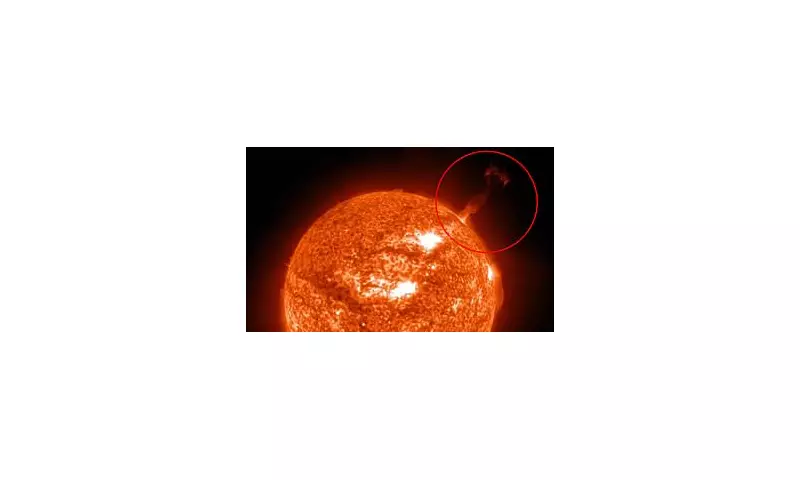
A powerful solar storm is currently barrelling toward Earth at staggering speeds of nearly 1.7 million miles per hour, sparking urgent warnings from space weather experts and raising concerns about potential disruptions to power grids and satellite communications.
Direct Hit Expected
The incoming coronal mass ejection (CME) was unleashed from the Sun earlier this week and is projected to make direct contact with Earth's magnetic field. Space weather forecasters have issued a G2-level geomagnetic storm watch, indicating moderate to strong intensity that could have noticeable effects on both technology and natural phenomena.
Northern Lights Spectacle
While the solar activity poses some risks to infrastructure, it also promises a breathtaking celestial display. The Met Office confirms that aurora borealis may be visible across Scotland, Northern Ireland, and potentially as far south as northern England under clear sky conditions.
"This could be one of the more impressive aurora displays we've seen this year," said a space weather meteorologist. "The combination of clear autumn skies and heightened solar activity creates perfect viewing conditions for stargazers."
Potential Impacts on Technology
The incoming solar particles could trigger several concerning effects:
- Voltage irregularities in power grid systems
- Increased drag on low-Earth orbit satellites
- Intermittent GPS and navigation system issues
- Potential impacts on high-frequency radio communications
National Grid operators have been alerted and are implementing standard precautionary measures to protect the UK's energy infrastructure.
Increased Solar Activity
This event comes as the Sun approaches the peak of its 11-year solar cycle, expected to reach maximum intensity between now and early 2025. Scientists have observed increased sunspot activity and solar flare eruptions in recent months, suggesting we may see more frequent space weather events in the coming year.
Astronomy enthusiasts and photographers are advised to monitor northern horizons after dark, particularly in rural areas away from light pollution, for the best chance of witnessing nature's most spectacular light show.





